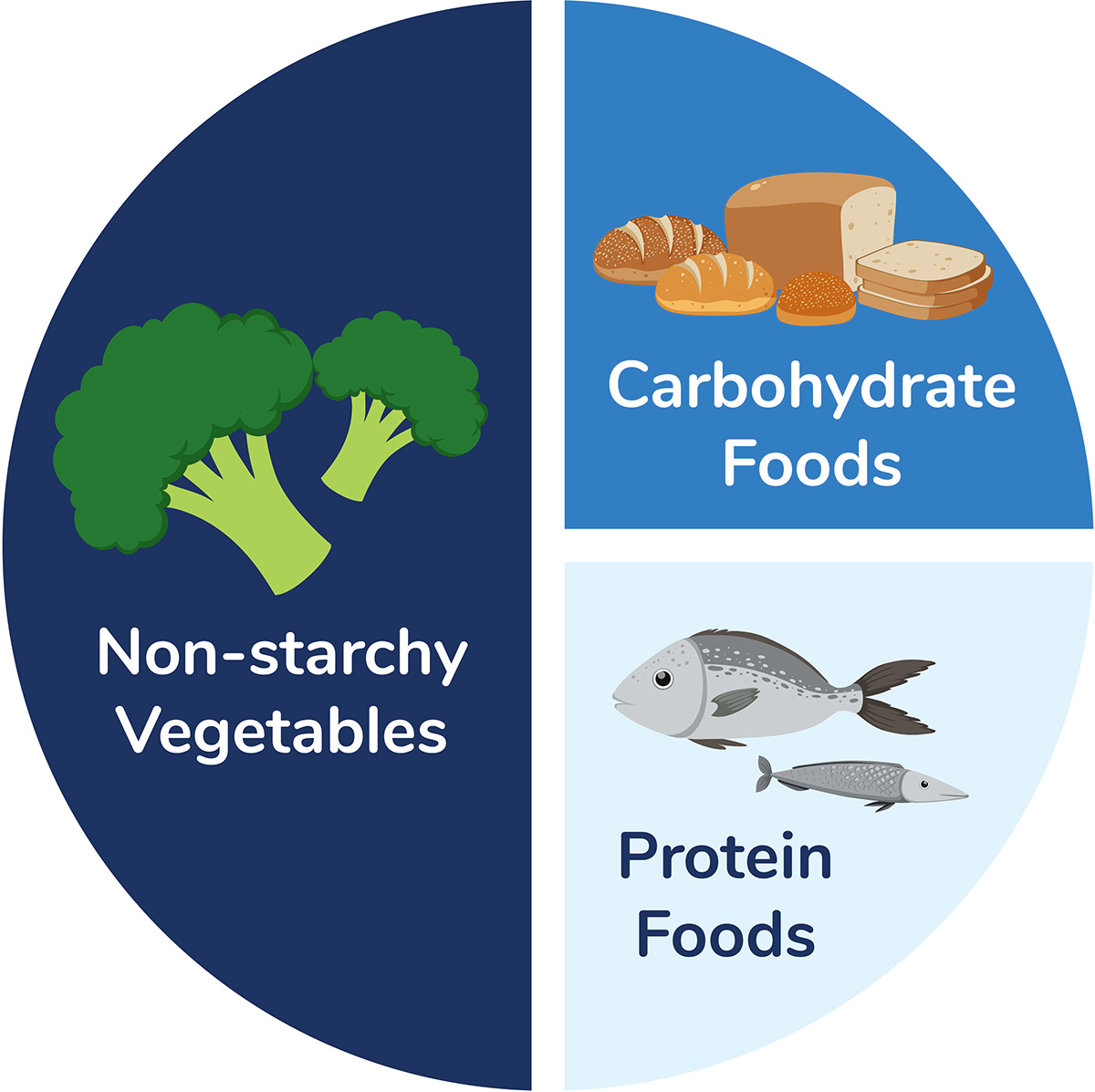
Preventing Type 2 Diabetes: 5 Ways Seniors Can Lower Their Risk
Did you know that almost 25% of Americans 65 and older have been diagnosed with type 2 diabetes? And undiagnosed cases may account for even more.
If you or someone you know is at risk for type 2 diabetes, there are a number of lifestyle changes that can help decrease the risk of receiving a diabetes diagnosis.
Here’s a closer look at type 2 diabetes, the risk factors and five ways that seniors can help prevent it.
What Is Type 2 Diabetes?
Type 2 diabetes is the most common type of diabetes. It occurs when the body does not use insulin properly, creating an insulin resistance. As a result, blood sugar levels can become too high. When levels are reaching but not yet at diabetic levels, a senior may be diagnosed as prediabetic.
Some common factors that contribute to the risk of diabetes include:
- Lack of exercise and physical activity.
- Being overweight.
- High blood pressure.
- Family history.
- Age (above 45 years).
- High cholesterol levels.
- Ethnicity and race.
To fully understand type 2 diabetes and how to prevent it, it’s important to first understand blood sugar, what causes it to rise and what causes it to lower.
What Causes Seniors’ Blood Sugar To Rise?
Hyperglycemia is the technical term for high blood glucose. It occurs when the body has too little insulin or when the body can’t use insulin properly.
A few of the causes include:
- An abundance of food, like a meal with more carbohydrates than usual.
- Dehydration.
- Not being active.
- Not enough insulin or oral diabetes medications.
- Side effects from other medications.
- Illness, stress, or general pain, all of which cause the body to release hormones which can raise blood sugar levels.
What Causes Seniors’ Blood Sugar To Drop?
Hypoglycemia is the technical term for low blood glucose. It’s when blood glucose levels have fallen low enough that action needs to be taken to bring them back to the target range.
A few of the causes are:
- Lack of food, like a meal or snack with fewer carbohydrates than usual or missing a meal or snack.
- Alcohol, especially on an empty stomach.
- Too much insulin or oral diabetes medications.
- Side effects from other medications.
- More physical activity or exercise than usual.
How Seniors Can Prevent Type 2 Diabetes
In order to keep blood sugar in normal range and prevent a type 2 diabetes or prediabetic diagnosis, it’s important to maintain a healthy lifestyle.
Here are a few tips for seniors to prevent type 2 diabetes.
1. Stay Active
According to the American Diabetes Association (ADA), seniors should participate in 30 minutes of aerobic exercise at least five days a week. That’s a total of 150 minutes of exercise each week. Because exercise has a direct positive impact on stabilizing blood sugar levels, it’s especially important for seniors trying to prevent type 2 diabetes to follow this recommendation.
There’s more than just one type of exercise, so create an exercise plan that works for you and choose activities that you enjoy. Here are a few of the recommended types of aerobic exercises for seniors that you can choose from:
2. Choose Healthy Foods
Typically, a recommended diet for a senior with type 2 diabetes will have a focus on one or more of the following:
- A consistent and regular schedule for meals and snacks.
- Smaller portion sizes.
- More high-fiber foods, such as fruits, vegetables and whole grains.
- Fewer refined grains, starchy vegetables and sweets.
- Modest servings of low-fat dairy, low-fat meats and fish.
- Healthy cooking oils, such as olive oil or canola oil.
- A lower caloric intake.

If you’re struggling choosing what types of food or how much to eat to manage your diabetes, consider the diabetes plate method.
The diabetes plate method is a simple, visual way to make sure you are getting enough vegetables and protein while limiting the number of high-carb foods you eat — because these carbs have the highest impact on your blood sugar.
Imagine a 9-inch dinner plate. Half of your plate should be filled with non-starchy vegetables (like a salad, green beans, broccoli, cauliflower, cabbage or carrots); one quarter should have a lean protein (like chicken, turkey, beans, tofu, or eggs); one quarter should have foods high in carbs (like grains, potatoes, rice, pasta, beans, fruit, yogurt, or a glass of milk).
3. Quit Unhealthy Habits
It’s proven that smoking is one of the leading factors contributing to type 2 diabetes. In fact, people who smoke cigarettes are 30-40% more likely to develop type 2 diabetes than people who don’t smoke. Because nicotine changes cells so they don’t respond to insulin, it can increase blood sugar levels. Drinking alcohol in excess can also put you at risk for diabetes. Not only can it cause weight gain, but heavy drinking in a fasting state can also cause hypoglycemia.
4. Drink Plenty Of Water
So many beverages are high in sugar, preservatives and other unneeded ingredients. Choosing to drink water instead of other beverages may help control blood sugar and insulin levels, thereby reducing the risk of diabetes. Other alternatives to water include unsweetened tea and coffee.
When the body is dehydrated, vasopressin levels rise, prompting the kidneys to hold onto water. This hormone pushes the liver to produce blood sugar, which over time may strain the ability to produce or respond to insulin. So, some researchers even say that drinking plenty of water can help prevent diabetes.
5. Ask Your Physician For Help
If you or someone you know is concerned about their risk of developing type 2 diabetes, talk to a medical professional. Doctors are able to evaluate patients individually, and they can recommend specific steps you can take to lower your risk.
If you have been diagnosed with type 2 diabetes or prediabetes, a medical professional may recommend medications to regulate your blood sugar levels. They might also order blood tests to see where your blood sugar levels currently stand.
